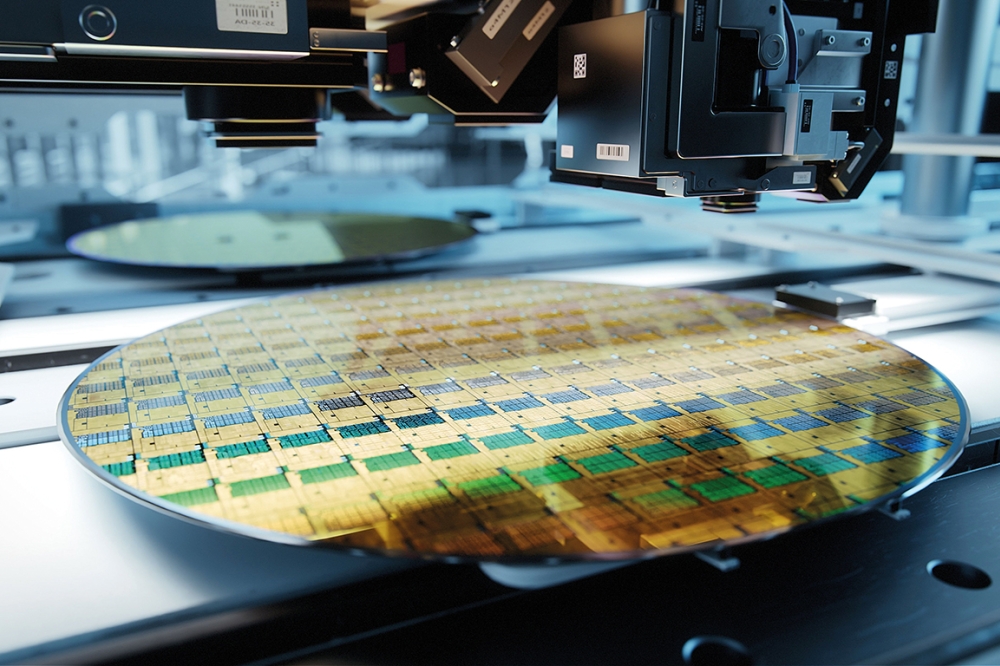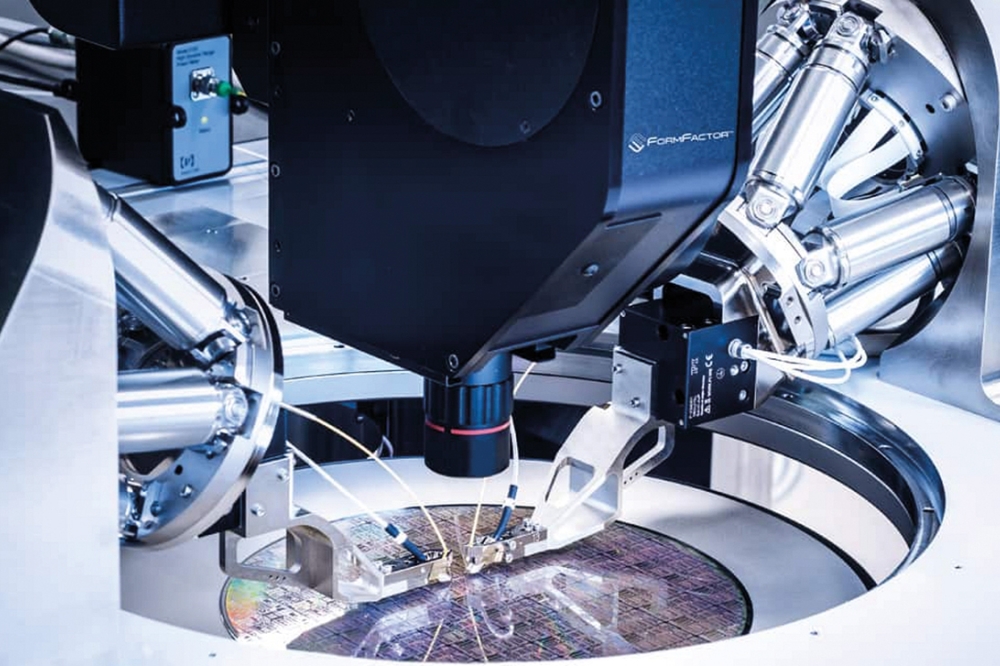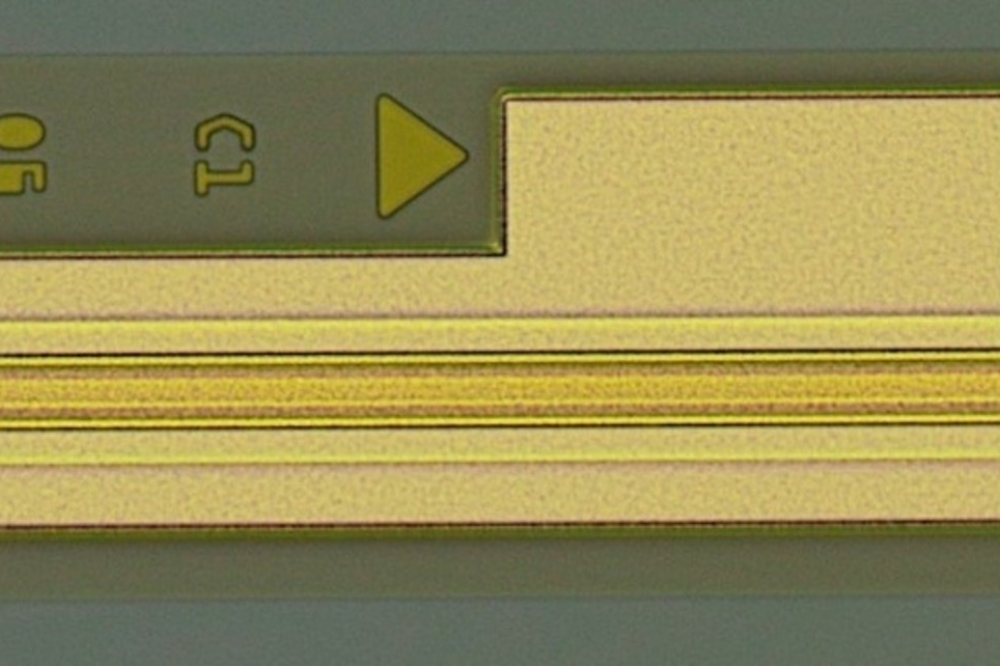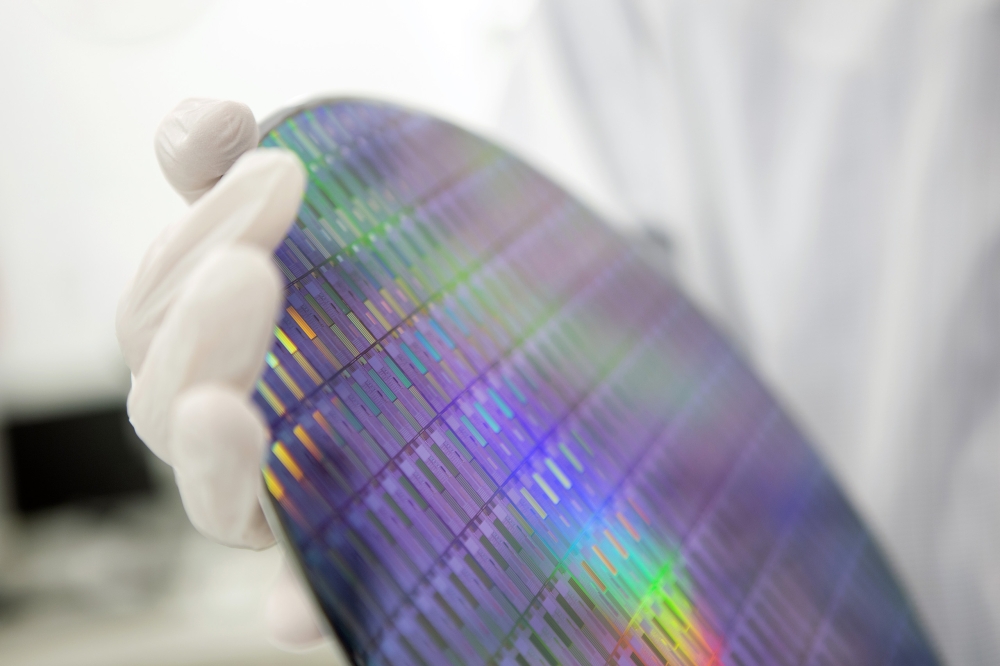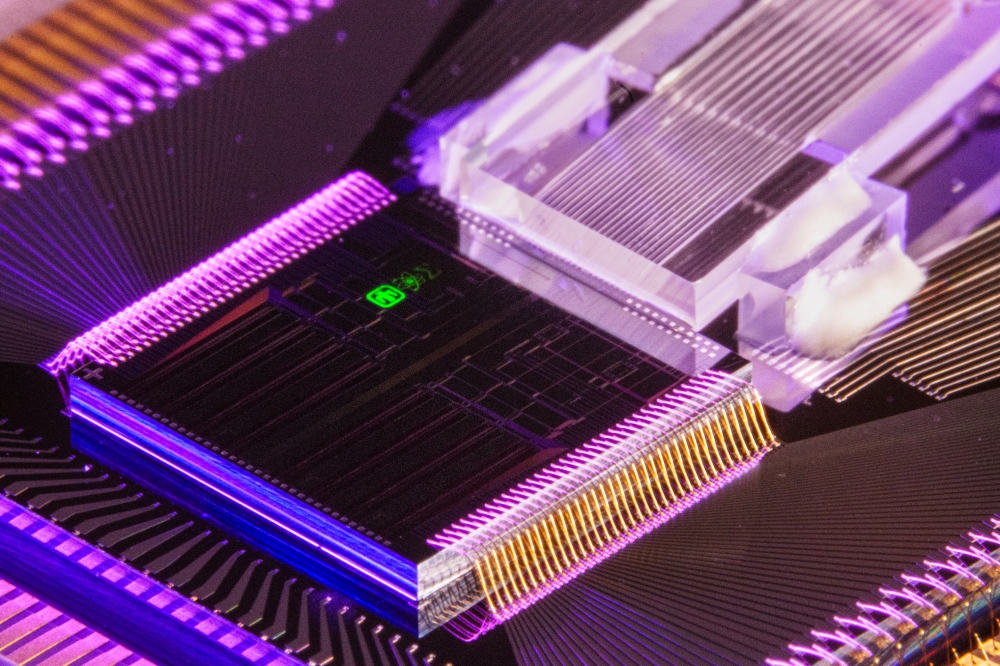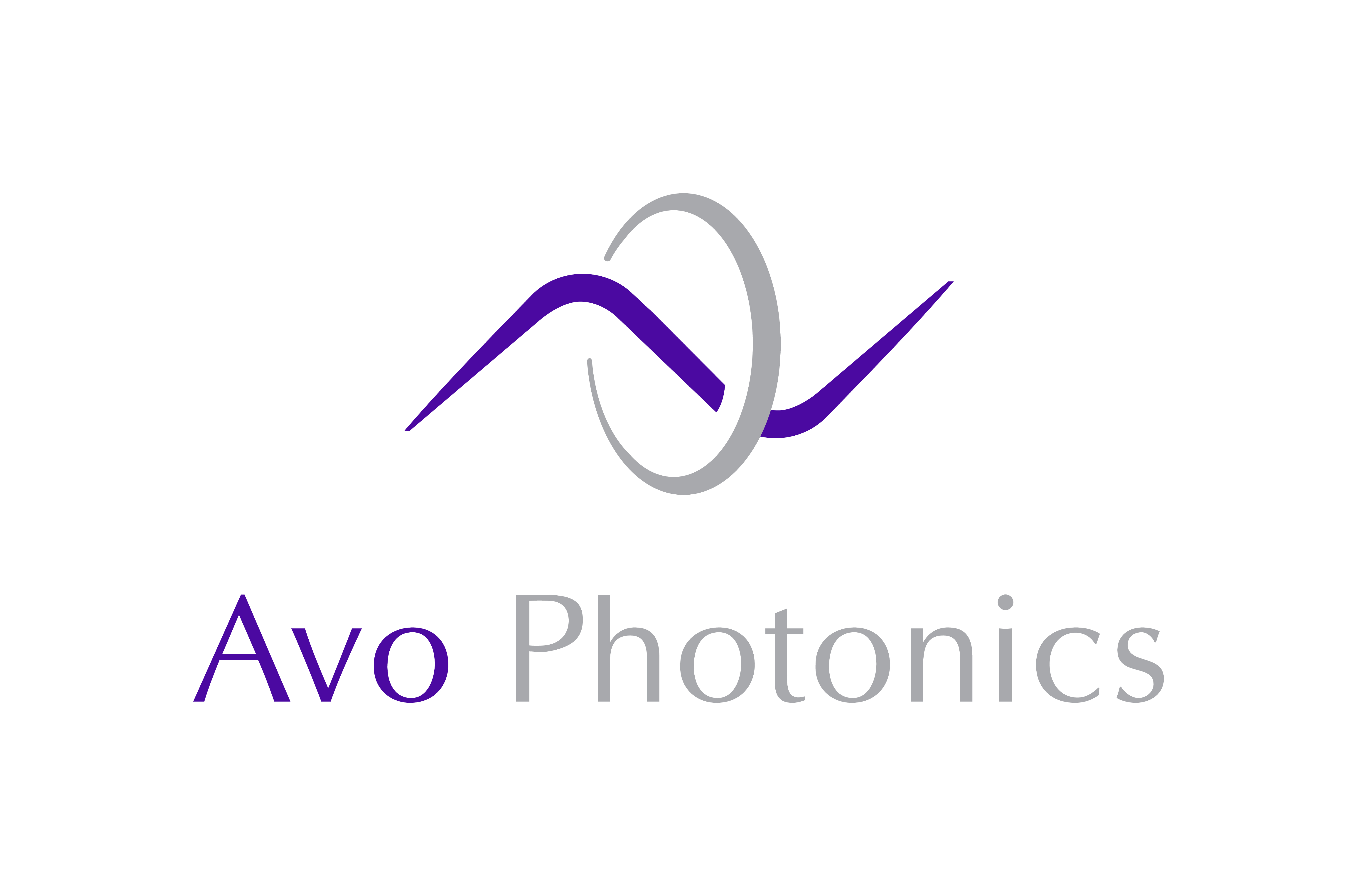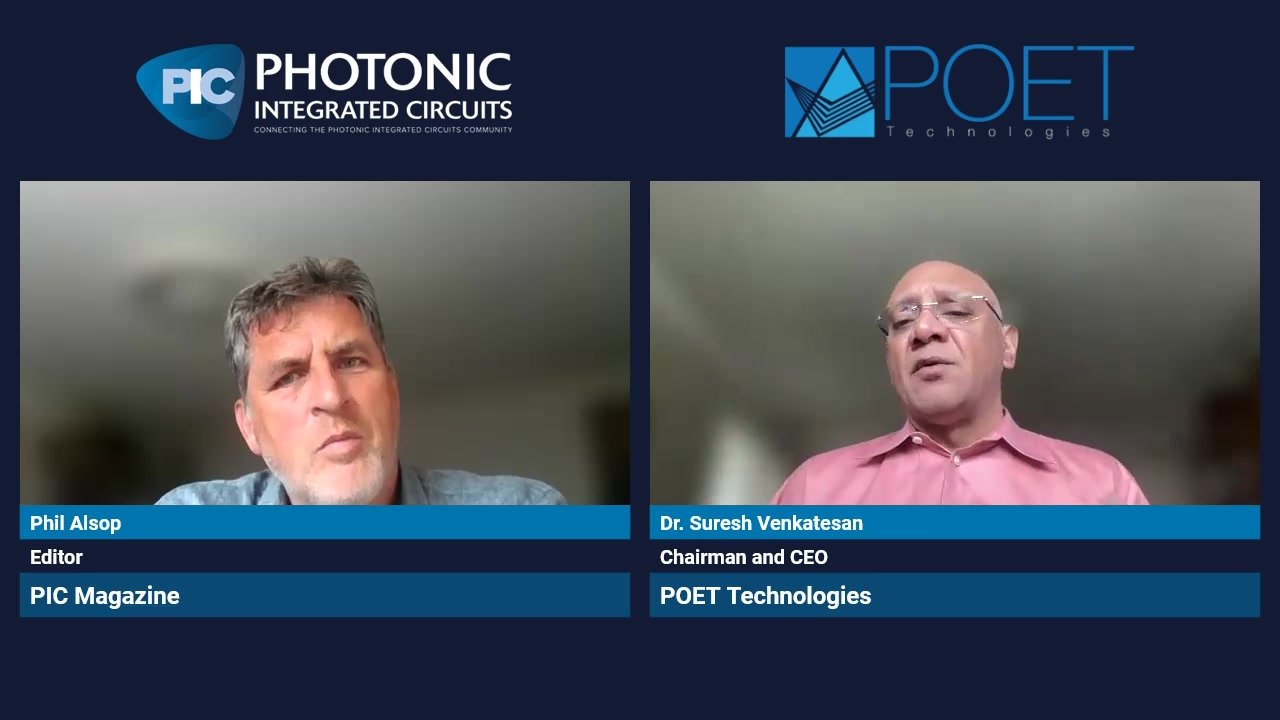News Article
Infinera PICs speed up optical networks in Africa
SEACOM, a leading pan-African telecommunications provider, has used Infinera's indium phosphide PICs to achieve what both firms believe is the first ever 500Gb/s successful trial in Africa.
Infinera and SEACOM have successfully completed a trial of five 100 Gigabit per second (100Gb/s) coherent optical signals transmitted over 1732 km in Africa.
Believed to be a first of its kind in Africa, the 500Gb/s trial ran over and was looped back across SEACOM’s newly built 930 km Dark Fibre Africa fibre route which links the SEACOM Mtunzini cable landing station in KwaZulu Natal to the Teraco data centre in Johannesburg.
The live demonstration was witnessed by members of Africa’s scientific, research and development community at Teraco’s data centre in Johannesburg. The trial used Infinera’s 500Gb/s InP based Photonic Integrated Circuits (PICs), each of which integrates five 100Gb/s coherent channels onto a single chip.
The PICs were used for both transmitting and receiving the five 100Gb/s signals during the trial, the first time the PICs have been used to transmit and provide real time coherent processing for all 500Gb/s simultaneously on a production network. The trial also demonstrated Infinera’s FlexCoherent functionality by switching between QPSK and BPSK modulation.
Infinera plans to deliver the 500Gb/s PICs as part of a system which integrates 5 Terabit per second (Tb/s) OTN switching and 100Gb/s coherent optical transmission in early 2012. Enabling seamless upgrades from existing 10Gb/s networks without having to upgrade the underlying fibre infrastructure, this technology is designed to provide SEACOM’s land-based network in South Africa with a total capacity of over 8Tb/s per fibre, which is an effective 10 fold increase on its current capacity. This is in line with and in support of SEACOM’s plans to expand the marine portion of the cable to over 4.8Tb/s.
“The trial is a landmark achievement for SEACOM and Infinera because it demonstrates our commitment to increase the pace at which African networks are deploying cutting-edge telecommunications infrastructure technology to support Africa’s rise as a primary scientific and business destination,” said Brian Herlihy, SEACOM CEO.
Fibre optic transmission technologies have been developing considerably to satisfy demand for large-capacity digital transmission in public telecommunication networks worldwide. At the consumer level, the 500Gb/s PIC technology enables the download of 30 high-definition Blu-Ray movie files in 60 seconds, or supports the streaming of 4,000 simultaneous high definition video channels over a single optical channel.
At the network level, 100Gb/s systems based on PIC technology will have important implications for the economics of future networks. Infinera’s 500Gb/s PICs incorporate more than 600 optical functions on a pair of indium phosphide chips enabling cost effective 100Gb/s coherent transmission as well as integrated OTN switching to deliver the Digital Optical Network.
These capabilities provide an effective means for network operators to scale network capacity while lowering operational costs, increasing reliability and providing for superior network economics.
“With Internet traffic growing at exponential rates, driven by video, cloud computing, and mobility, the 500G PIC technology is designed to support the required growth in network capacity, while reducing the per-bit cost, space, and power consumption,” said Tom Fallon, Infinera CEO. “These attributes are in-line with SEACOM’s vision to providing world-class infrastructure as African traffic continues to increase at record speeds.”














